Introduction
In the realm of traditional Chinese medicine, there exists a myriad of remedies that harness the natural properties of herbs and foods to alleviate various ailments. Among these, steamed Sydney with Chuanbei (a type of fritillary bulb) stands out as a time-honored remedy for soothing coughs, especially those associated with dryness or phlegm. This dish combines the sweet, juicy flesh of the Sydney pear (often referred to as the Asian pear) with the medicinal qualities of Chuanbei, creating a syrupy, soothing elixir that is both delicious and therapeutic.
In this article, we will delve into the intricacies of making steamed Sydney with Chuanbei. We’ll explore the origins and benefits of this remedy, the ingredients you’ll need, step-by-step instructions for preparation, and some tips to ensure your dish is both effective and enjoyable. By the end, you’ll be equipped with the knowledge to create this ancient remedy in your own kitchen, harnessing the wisdom of traditional Chinese medicine to promote health and well-being.
Origins and Benefits of Steamed Sydney with Chuanbei
The concept of using food as medicine, or “dietary therapy,” is deeply ingrained in Chinese culture. This holistic approach to health emphasizes the balance of yin and yang and the harmonious flow of qi (energy) through the body. Steamed Sydney with Chuanbei is a perfect example of this philosophy in practice.
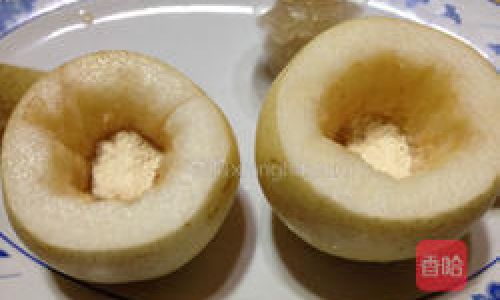
The Sydney pear, native to East Asia, is valued for its juicy, crisp flesh and mild sweetness. In traditional Chinese medicine, it is believed to nourish the lungs and moisturize the dryness, making it ideal for alleviating dry coughs and sore throats. Chuanbei, on the other hand, is a type of fritillary bulb that has been used in Chinese medicine for centuries to clear heat, resolve phlegm, and stop coughs.
When combined, these two ingredients create a synergy that targets respiratory issues, particularly those related to dryness or excessive phlegm. The steaming process further enhances the therapeutic properties of the ingredients, making the remedy more easily absorbed by the body.
In addition to its medicinal benefits, steamed Sydney with Chuanbei is also a delightful treat. The sweet, syrupy texture of the cooked pear combined with the subtle aroma of Chuanbei creates a dish that is both comforting and satisfying.
Ingredients for Steamed Sydney with Chuanbei
Before we dive into the preparation process, let’s take a look at the ingredients you’ll need to make steamed Sydney with Chuanbei:
-
Sydney Pears: Choose firm, ripe pears with smooth, unblemished skin. The variety known as “Dangshan Pear” is particularly suited for this recipe due to its juicy, sweet flesh.
-
Chuanbei: This is the dried bulb of the fritillary plant. It can be found in Chinese herbal pharmacies or online. Make sure to purchase high-quality Chuanbei for optimal results.
-
Rock Sugar: Also known as “bing tang,” rock sugar is a type of sugar that is less refined than regular granulated sugar. It has a crystalline structure and a slightly caramelized flavor that complements the sweetness of the Sydney pear.
-
Water: Purified or distilled water is recommended to avoid any impurities that could affect the taste or efficacy of the remedy.
Preparation Instructions
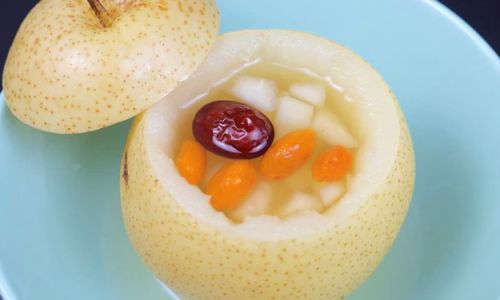
Now that we have our ingredients, let’s move on to the preparation process. Follow these steps to make your own steamed Sydney with Chuanbei:
Step 1: Prepare the Sydney Pears
-
Wash the Pears: Rinse the Sydney pears under running water to remove any dirt or residue.
-
Peel and Core the Pears: Using a sharp knife, peel the pears and remove the cores. Be careful not to cut too deeply into the flesh, as you want to preserve as much of the pear as possible.
-
Cut the Pears: Cut the peeled and cored pears into quarters or halves, depending on their size. The goal is to create pieces that are easy to handle and steam.
Step 2: Prepare the Chuanbei and Rock Sugar
-
Measure the Chuanbei: Depending on the size of the pears and your personal preference, measure out about 3-5 grams of Chuanbei per pear. Remember, Chuanbei has a strong medicinal flavor, so start with a smaller amount if you’re unsure.
-
Crush the Chuanbei: Using a mortar and pestle or a small blender, crush the Chuanbei into a fine powder. This will make it easier for the medicinal properties to be released during steaming.
-
Prepare the Rock Sugar: Measure out an equal amount of rock sugar to the Chuanbei. You can adjust this based on your taste preference, but the rock sugar helps to balance the bitterness of the Chuanbei and adds a touch of sweetness to the dish.
Step 3: Assemble the Ingredients

-
Place the Pears in a Steaming Dish: Arrange the cut pear pieces in a steaming dish or bowl that is large enough to hold them in a single layer.
-
Sprinkle with Chuanbei and Rock Sugar: Evenly distribute the crushed Chuanbei and rock sugar over the pear pieces. Make sure to get some of the mixture into the cuts and crevices of the pear to ensure even distribution.
Step 4: Steam the Pears
-
Fill the Steamer: Fill the bottom of your steamer with water, ensuring that it doesn’t touch the steaming dish.
-
Place the Dish in the Steamer: Carefully place the steaming dish with the pear pieces into the steamer.
-
Cover and Steam: Cover the steamer and turn on the heat. Steam the pears for about 30-45 minutes, or until they are tender and the syrup has thickened. You can check the doneness by piercing a pear piece with a fork; it should slide in easily.
Step 5: Serve and Enjoy
-
Remove from Steamer: Carefully remove the steaming dish from the steamer and let it cool slightly.
-
Serve: Serve the steamed Sydney with Chuanbei warm or at room temperature. The syrup will have thickened, creating a sweet, syrupy sauce that complements the tender pear pieces.
-
Enjoy: Enjoy your homemade steamed Sydney with Chuanbei as a soothing remedy for coughs and respiratory issues. You can also serve it as a dessert or a healthy snack.
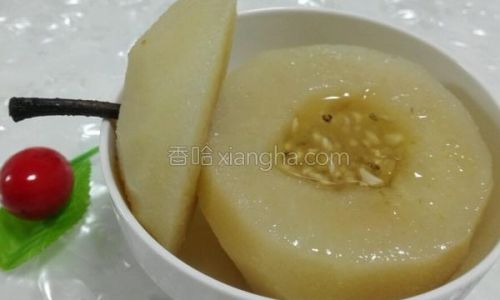
Tips for Making the Best Steamed Sydney with Chuanbei
-
Choose the Right Pears: As mentioned earlier, the Dangshan pear is ideal for this recipe due to its juicy, sweet flesh. However, any variety of Sydney pear will work; just make sure it’s ripe and firm.
-
Adjust the Sweetness: The amount of rock sugar you use can be adjusted based on your taste preference. If you prefer a less sweet dish, use less rock sugar. Conversely, if you like your desserts on the sweeter side, feel free to add more.
-
Don’t Oversteam: It’s important to steam the pears for the right amount of time. Oversteaming can make them mushy and lose their flavor. Keep an eye on them and check for doneness by piercing with a fork.
-
Store Leftovers Properly: If you have leftovers, store them in an airtight container in the refrigerator. They can be reheated gently before serving, but be careful not to overheat them as this can cause the syrup to separate.
Conclusion
Steamed Sydney with Chuanbei is a time-honored remedy in traditional Chinese medicine that combines the natural sweetness of the Sydney pear with the medicinal properties of Chuanbei. This dish is not only effective in soothing coughs and respiratory issues but is also a delightful treat that can be enjoyed as a dessert or healthy snack.
By following the steps outlined in this article, you can easily make your own steamed Sydney with Chuanbei at home. With the right ingredients and a little patience, you’ll be rewarded with a syrupy, soothing dish that harnesses the wisdom of traditional Chinese medicine to promote health and well-being.
So, the next time you’re feeling under the weather or simply in the mood for a comforting dessert, give steamed Sydney with Chuanbei a try. You may be surprised by how effective and delicious this ancient remedy can be.

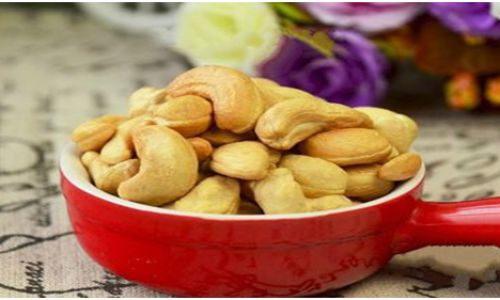
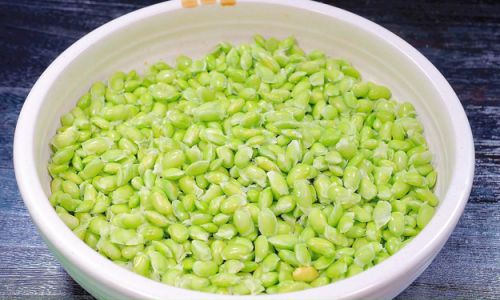

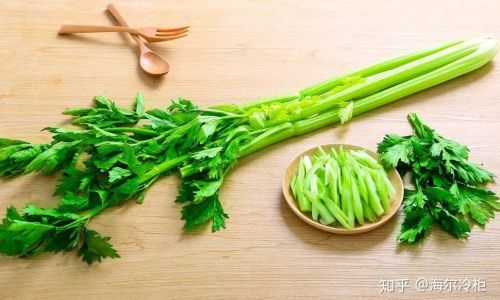
0 comments